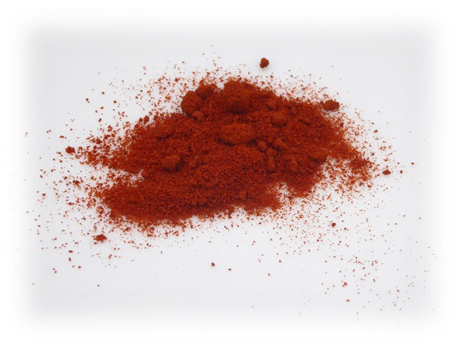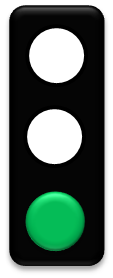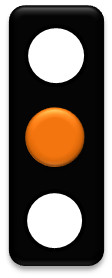
Astaxanthin
Valorisation Option Factsheet
Product description
Astaxanthin is a carotenoid, a xanthophyll or oxygen containing pigment. It is a colourful (red-orange), lipid-soluble pigment.
Its colour is due to the long chain of conjugated double bonds. This chain of double bonds gives astaxanthin also a strong antioxidant function.


Product application
Due its functional properties, it is mainly used in food, feed and aquafeed applications as colouring, antioxidant and as nutritional supplement.
In cosmetics, it is used in skin care and anti-aging formulations.
Main claims for astaxanthin, when used as a nutritional supplement are: antioxidant, prevents diabetes, cardiovascular diseases, and neurodegenerative disorders, and also stimulates immune system. Astaxanthin products are used for commercial applications in the dosage forms as tablets, capsules, syrups, oils, soft gels, creams, biomass and granulated powders.
Raw materials
Production can come from both natural and synthetic sources.
The natural sources of astaxanthin are algae, yeasts, salmon, trout, antartic krill, shrimp, crayfish and crustacean shells, as a co-product of the production of chitin and chitosan.
Examples of microorganisms containing astaxanthin are microalgae such as Haematococcus pluvialis, Chlorella zofingiensis, Chlorococcum and the yeast Phaffia rhodozyma.
Feasibility
Process Yield
Technology maturity
Value of Product
Potential Market
Production cost
Competing Companies






Simplified process Scheme

Citation :
Factsheet Astaxanthin, Author(s) : Bruno Iñarra, Carlos Bald, Marta Cebrian
Bruno Iñarra, Carlos Bald, Marta Cebrian (2017). DiscardLess WP6.2 Evaluation of the different valorisation alternatives prioritized from the technical, market, regulatory and socio-economic perspective.
http://www.discardless.eu/Valorisation_module